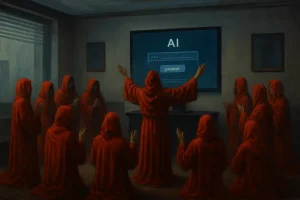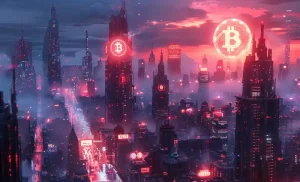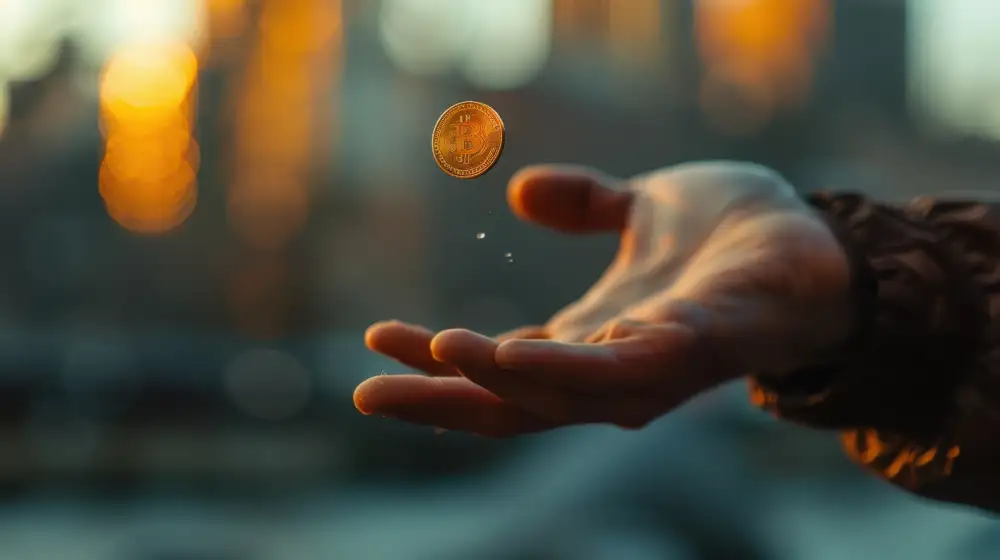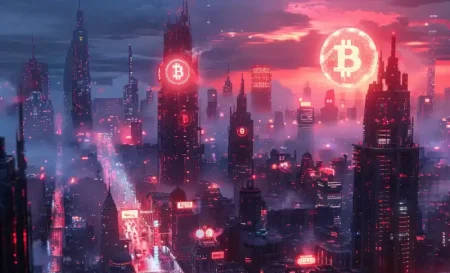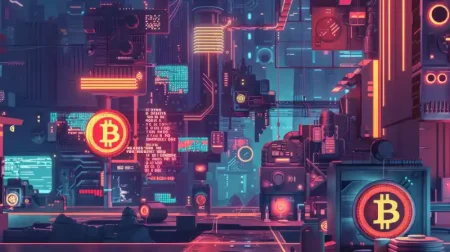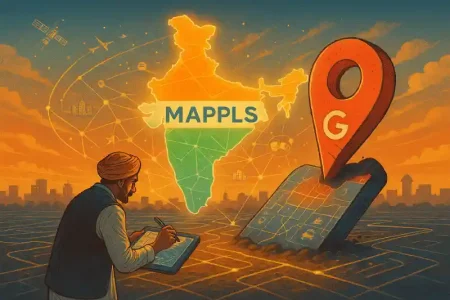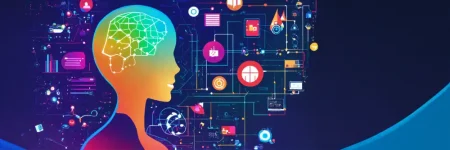Tangible investments and assets increasingly look like a thing of the past…
As our world becomes progressively digital, the conversation is getting noisy, with the concept of ownership is also going through a profound transformation. We’re moving beyond mere physical possession of assets and exploring new ways of ownership, trading, and managing them. For many, the terms ‘digital assets’ conjure images of unique digital items and NFT art collections that have intrigued and enthralled the masses.
However, two terms that are cutting through the noise and frequently appearing just about everywhere: NFTs (non-fungible tokens) and RWA (Real World Asset) Tokenization. Both might be rooted in blockchain technology and might sound similar to discerning investors, but they’re two fundamentally different approaches to digital ownership.
This article does a deep dive into the world of NFTs and RWA tokenization and examine which one of them truly capable of a foundational shift in how we invest in the future.
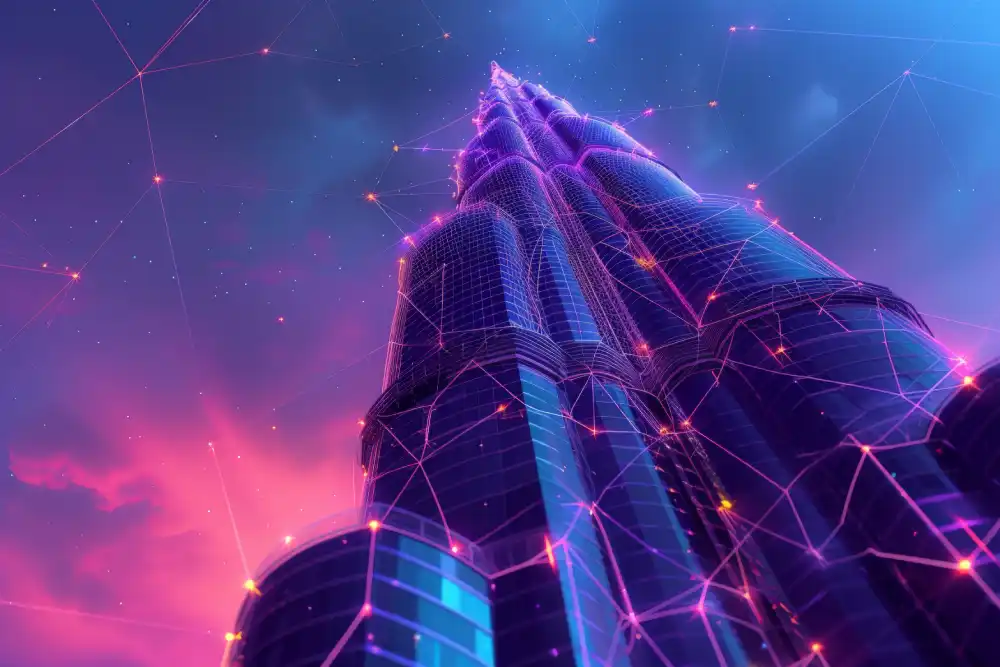
What Are NFTs and RWA Tokens?
NFTs are unique digital certificates representing ownership of a specific asset or item, most often a digital one. Every NFT is unique and one-of-a-kind, and thus, can’t be replaced by another identical item. NFTs extend this concept of verifiable and provable uniqueness to the digital realm, and have found critical applications across gaming, collectibles, and digital art, where proving ownership and authenticity is crucial.
In fact, tokenised art has been at the forefront of NFT adoption, with the most expensive NFT ever having been associated with artwork. In March 2021, a relatively unknown artist, Mike Winkelmann, a.k.a. Beeple’s creation, the “Everydays: The First 5,000 Days,” was sold for a staggering USD 69.3 million.
However, the tokenization space is seeing a quieter but more efficacious revolution. Imagine a large residential or commercial building, where investing in such a property requires quite a lot of capital. So, the opportunity is limited to a select few. What is the ownership of the building was split up into thousands of pieces, each of which was assigned a digital token?
Hence, every token would represent a small but much more affordable share of the property, allowing a much wide range of individuals to invest in and profit from rental incomes. This is RWA tokenization, and it has the power to breaks down larger, illiquid assets into smaller, more manageable, and dividable pieces.
Unlike NFTs which represent unique digital items or crypto assets which also exist only digitally, RWA tokens draw their value from real-world, tangible assets. Every token represents either fractional or complete fractional ownership of an RWA. Fractionalising the underlying asset allows investors to buy or invest in portions of expensive assets rather than having to abandon the idea to buy them at all.
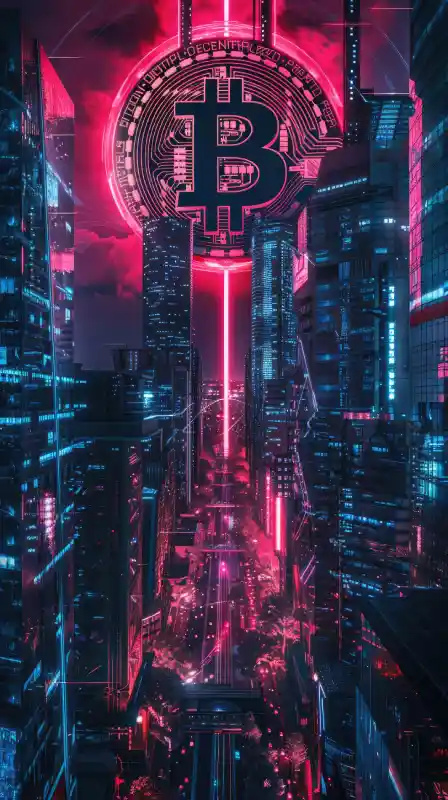
How Are NFTs and RWA Tokens Different?
- Use Case and Purpose: RWA tokens aim to transform existing financial markets and are majorly focused on making traditional investments more efficient, liquid, and accessible. NFTs, on the other hand, empower collectors and creators in the digital sphere by creating entirely new marketplaces for digital collectibles and items.
- Divisibility: The biggest USP of RWA tokens is fractional ownership. They allow high-value assets to be divided into more affordable, smaller units. By their very nature, NFTs are usually indivisible, which means that individuals own the complete unique digital item.
- Value: Every RWA token’s value is directly linked to the underlying physical asset which it represents. So, the price of a real estate token will fluctuate based on the rental income and value of the property. As opposed to that, the value of an NFT is usually more subjective and is driven by factors such as community demand, rarity, and artistic merit.
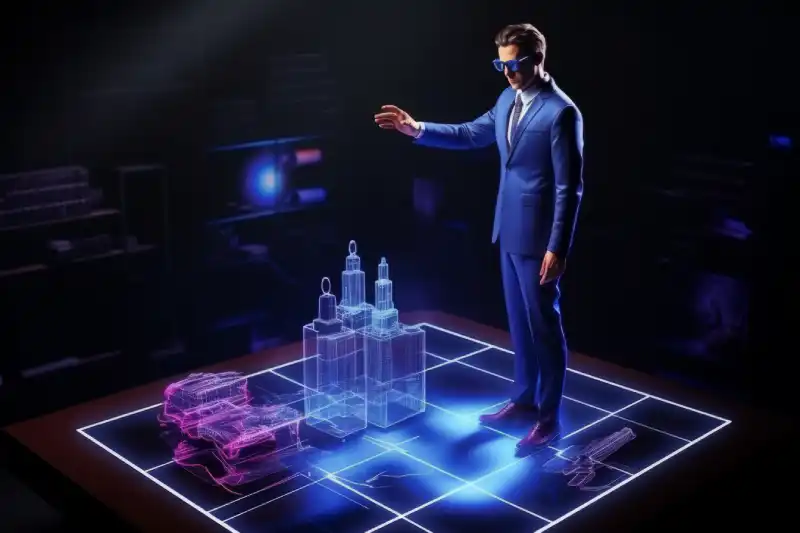
RWA: A Game Changer
High-value assets such as private equity, fine art, and commercial real estate have been the exclusive domain of the wealthy for centuries. RWA tokens break down these barriers, allowing people to invest with smaller, more affordable amounts of money. Moreover, many real-world assets are infamously illiquid, making them time-consuming and difficult to turn into cash. When these assets are tokenised and listed on digital marketplaces, they can be traded much more quickly and freely, with the augmented liquidity benefitting both investors and asset owners.
If that wasn’t enough, RWA tokens transcend geographical borders and the blockchain technology ensures an unchangeable, transparent record of every transaction. So, the tokenised asset and its ownership can be easily verified, reducing the risk of disputes and fraud.
The Way Ahead
According to the 2025 Crypto Market Outlook report by Coinbase, the market for tokenised RWAs assets grew by more than 60% to a whopping USD 13.5 billion by December 2024. In fact, according to McKinsey, the tokenised RWA market could reach as much as USD 2 trillion by 2030.
While adoption still isn’t widespread, tokenised financial assets are finally moving from pilot to at-scale deployment, especially amongst enterprises with blockchain capabilities already in place. For instance, the St. Regis Aspen Resort raised USD 18 million in 2018 by offering tokenised ownership. Even the multinational financial services firm Santander issued the first successful end-to-end blockchain bond on the Ethereum blockchain in 2019.
Imagine being able to own small pieces of future earnings of a blockbuster movie, or earn income from a solar farm, or even from a portfolio of tokenised fine wines!
While NFTs and RWA tokens are both exciting innovations, RWA tokenization is helping to create a more efficient, transparent, and inclusive financial ecosystem where access to wealth-building opportunities is a possibility for everyone rather than a privilege for a few.
In case you missed:
- Tokenization of Real-World Assets: Assets Going Digital?
- Let The Games Begin: All About Crypto Gaming
- The Stablecoin Story in Cryptocurrency
- Are Cryptocurrencies Becoming an Asset Class?
- From Memecoin To Meaning
- Here for the ‘Pi’: Pi Day 2 Updates for the Cryptocurrency
- Phantom Wallet: The Fastest-Growing Crypto Wallet
- Pi Day 2025: What Awaits The Pi Network on March 14th?
- The Pi Hackathon 2025: What It Means for the Controversial Cryptocurrency
- The Pi Network: IOUs, Coins, And The Network’s Future
